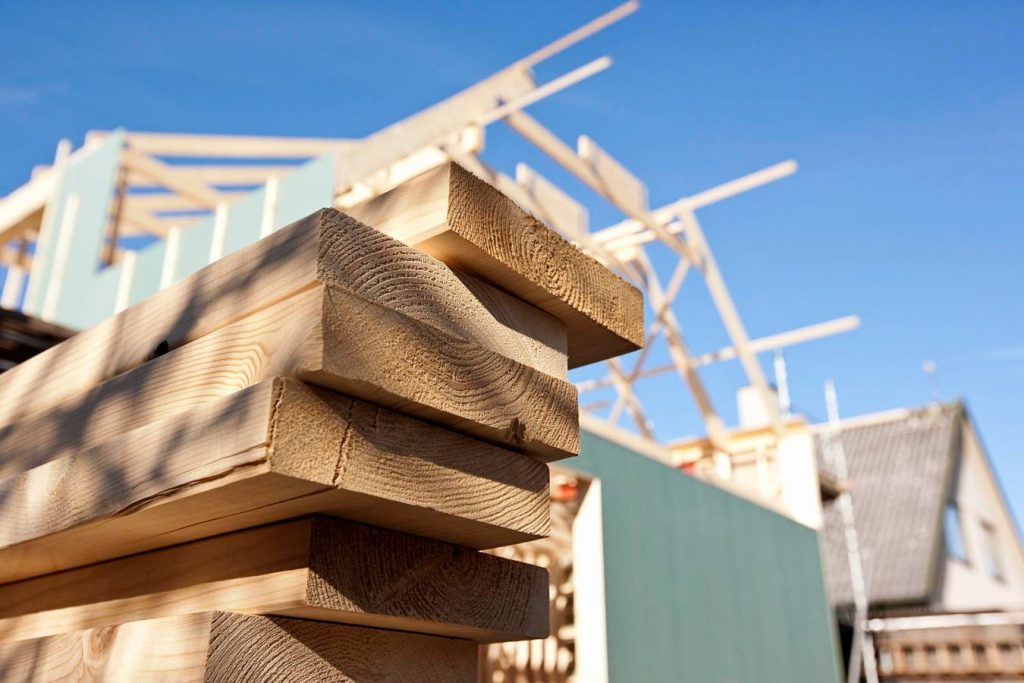Jen Stout, a highly accomplished individual, is the co-founder of Healthier Homes and an author of a book titled “Healthier Homes”. With a background in marketing and a passion for innovation, she has emerged as a trailblazer in the field of environmental conservation and sustainability. In recent years, there has been a significant shift in mindset towards protecting the environment, with more emphasis on recycling and energy efficiency in home construction.
While progress has been made in terms of environmental conservation, the rising rates of chronic diseases in the U.S. raise concerns about the impact of indoor pollution on human health. The EPA has identified indoor air to be up to 10 times more polluted than outdoor air, with the concentration of volatile organic compounds (VOCs) being particularly high in newly constructed homes. This is primarily due to the use of chemicals in building materials that off-gas harmful emissions.
The link between one’s environment and their health is undeniable, with indoor pollution posing a significant threat to well-being. People spend a substantial amount of time indoors, and the quality of indoor air and materials used in home construction can have a profound impact on health. Short- and long-term exposure to indoor pollution can lead to a range of health issues, including respiratory diseases, heart disease, cognitive deficits, and cancer.
Despite the growing popularity of “green building” practices, it is important to distinguish between what is considered environmentally friendly and what is actually safe for indoor use. Green materials, such as recycled plastics, upcycled insulation, and smart home technology, may not always be the healthiest choices for interior construction. Alternative options, such as solid hardwood flooring and non-toxic pest control solutions, are recommended to minimize indoor pollution and promote overall well-being.
By incorporating a mix of sustainable and non-toxic materials in home construction, individuals can create indoor spaces that prioritize both sustainability and wellness. From choosing natural finishes to avoiding toxic chemicals in building materials, there are numerous ways to ensure that the indoor environment is safe and healthy for occupants. With a growing awareness of the impact of indoor pollution on health, it is essential for builders, architects, and developers to prioritize creating healthier homes for a better future.













